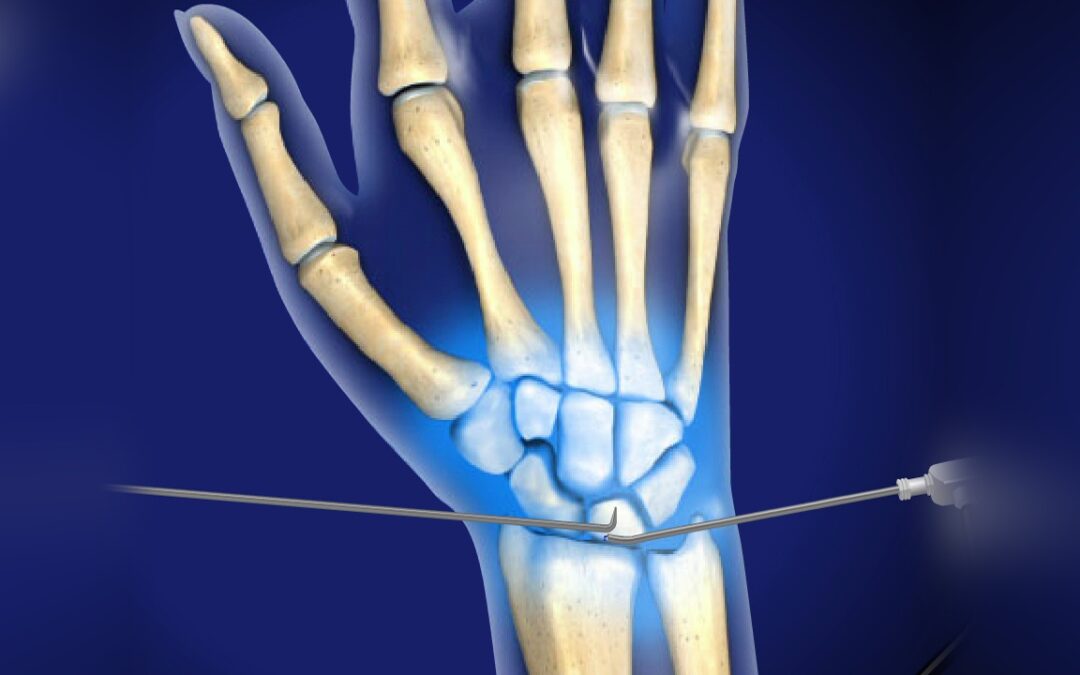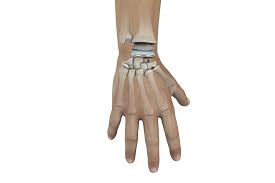Finger Joint Fusion Surgery for Osteoarthritis
Osteoarthritis is a condition that causes the cartilage in your joints to break down. This can lead to pain, stiffness, and swelling in the joints. In the fingers, osteoarthritis can affect the joints at the base of the fingers (DIP joints) and the joints in the middle of the fingers (PIP joints).
Finger joint fusion surgery is a procedure to join two bones together in a fixed position. This can be done to relieve pain and improve function in the finger.
Who is a good candidate for finger joint fusion surgery?
Finger joint fusion surgery is a good option for people who have tried non-surgical treatments for osteoarthritis without success. Non-surgical treatments for osteoarthritis of the fingers include:
- Splinting: The surgeon may recommend wearing a splint or brace to immobilize the finger and reduce pain.
- Injections of steroid: The surgeon may inject steroid into the joint to reduce inflammation.
- Physical therapy: Physical therapy can help to improve range of motion and strength in the finger.
If you have tried these treatments and your osteoarthritis is still causing problems, you may be a good candidate for finger joint fusion surgery.
What are the risks of finger joint fusion surgery?
The risks of finger joint fusion surgery are:
- Infection
- Nerve damage
- Scarring
- Loss of motion
- Recurrence of the osteoarthritis
What happens during finger joint fusion surgery?
Finger joint fusion can be performed under local anaesthetic or a regional block (where the entire arm is made numb). A small incision is then made over the joint and the damaged cartilage and bone are removed. The bones are then fused together using pins, screws, or plates.
How long does finger joint fusion surgery take?
The procedure typically takes 1-2 hours. You can go home on the same day following surgery.
What is the recovery time for finger joint fusion surgery?
The recovery time for finger joint fusion surgery is typically 6-8 weeks. You will need to wear a splint or brace for 4-6 weeks. You will also need to avoid strenuous activity for 6-8 weeks.
What are the results of finger joint fusion surgery?
Finger joint fusion surgery is usually very successful in relieving pain and improving function in the finger. However, there is a risk of recurrence of the osteoarthritis as well as pain from arthritis elsewhere in the hand.
Here are some additional tips for patients considering finger joint fusion surgery:
- Be realistic about your expectations. Finger joint fusion surgery cannot increase function of the joint, infact it leads to less bend in the finger as the joint is fused in position.
- Choose a board-certified hand surgeon with experience in finger joint fusion surgery.
- Ask your surgeon about their aftercare plan.
- Be prepared for a lengthy recovery period.
- Be patient with your results. It can take up to a year for your finger to fully heal.
Here are some frequently asked questions about finger joint fusion surgery:
- Can I move my finger at the joint after joint fusion? No, the operation involves removing the joint and fusing it, which means you will not be able to move the finger at the joint once the operation is complete.
- Are there any other options instead of joint fusion? Yes, depending on the joint, you may be a candidate for joint replacement surgery instead of fusion. However, finger joint replacement surgery is a more complex undertaking with a potentially longer and more arduous recovery.













